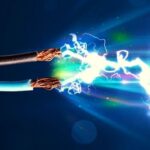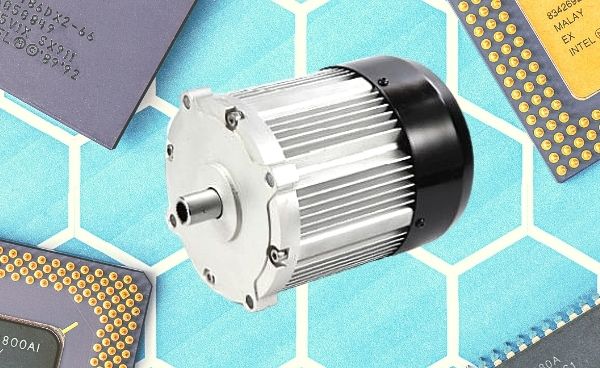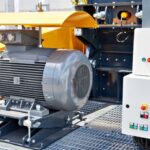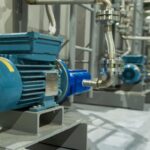History of Brushed , Brushless Motor and Advantages of Brushless motors
Brushed DC motors have been used since 1856, and are still often used for electrical propulsion, cranes, paper machines, and steel rolling mills. However, since their brushes wear down and require frequent replacement, brushless DC motors using electronic speed controller devices have displaced brushed motors for many applications. Brush wear became a significant drawback due to intense application demands and high-electric discharge noise (aka ESD, especially in aerospace applications), and a new motor was born.
Brushless motors are significantly newer and invented during the advent of electronics innovation. Advancements in solid-state technology in the early 1960s resulted in the invention of the first brushless DC (BLDC) motor in 1962, what T.G. Wilson and P.H. Trickey called a “DC machine with solid-state commutation.” The key element of the brushless motor is that it requires no physical commutator, making it the most popular choice for computer disk drives, robotics, and aircraft.
ADVANTAGES OF BRUSHLESS MOTOR
Since brushless DC motors have no brushes to get worn out, they represent a huge leap forward in technology. Brushless motors have significantly higher efficiency and performance and lower susceptibility to mechanical wear than their brushed counterparts.
Brushless motors offer several other advantages, including:
- Higher torque to weight ratio
- Increased torque per watt of power input (increased efficiency)
- Increased reliability and lower maintenance requirements
- Reduced operational and mechanical noise
- Longer lifespan (no brush and commutator erosion)
- Elimination of ionizing sparks from the commutator (ESD)
- Near-elimination of electromagnetic interference (EMI)
TODAY’S BRUSHLESS MOTORS
Despite their reliability, the initial downside to early brushless motors was that they could not generate a great deal of power. When better permanent magnet materials became available in the 1980s, they enabled brushless motors to generate as much (or more) power as the previous brush
motors on the market. In the late 80s, Robert E. Lordo built the first large-scale brushless DC motor with ten (10) times the power of the earlier brushless motors.
Today’s brushless motors solve many limitations of brushed motors by combining a higher output power, smaller size and weight, better heat dissipation and efficiency, wider operating speed ranges, and very low electrical noise operation. Brushless motors have no electrical contacts designed for wear, providing the greatest advantage in reliability and reduced maintenance intervals for commercial and industrial applications.
- “WHAT IS THE NEXT” for Pump Industry- Internet on things (IoT) can bring Transformation in Pumping Industry
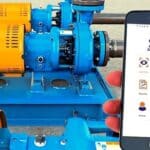
- 14 causes of submersible pump and motor failure
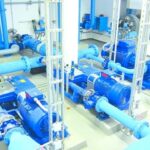
- 4 Most Common Causes of A Critical Failure In Submersible Motors
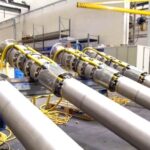
- 5 Symptoms Of Failing Electric Motor Rotor
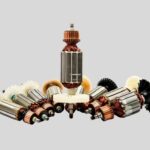
- 7 Ways to Improve Electric Motor Efficiency
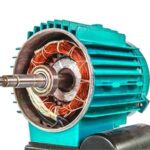
- A brief understanding of leakage current testing
